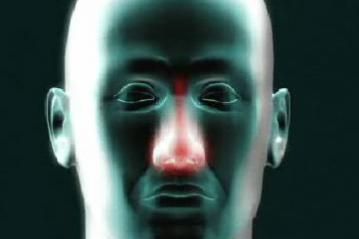Penicillin is an antibiotic that forms part of the beta lactams family of antibiotics. Penicillin is a broad-base antibiotic that is commonly prescribed and used to treat an array of bacterial infections. While penicillin allergies are relatively common (about 10 percent of the population suffers from an allergy to penicillin), statistics show that around 20 percent of those who suffer from some type of penicillin allergy will find that their condition resolves over time.
An allergic reaction to penicillin can trigger a range of allergic symptoms that vary in severity, including a rash, hives, itchy skin, wheezing, angioedema, and anaphylactic shock. These allergic symptoms are different than the nonallergic "side effects" of the medicine, which may include an upset stomach, vomiting and abdominal pain.
Advertisement
There are medications available to treat reactions caused by an allergy to penicillin. Treat rashes, hives and itchy skin with antihistamines. Antihistamines work by blocking the release of histamine, which is released by your immune system during an allergic reaction. Antihistamines such as diphenhydramine are often available over the counter and may provide relief from your allergy symptoms. However, if these are not strong enough you may require corticosteroids. Corticosteroids are available through prescription and they help prevent and treat inflammation by blocking allergic reactions. Nasal, spray, and inhaled corticosteroids are available for milder symptoms. Oral or injected corticosteroids may be necessary for more severe symptoms such as wheezing. Topical corticosteroids (creams) may be useful for relieving itchy skin rashes.
An epinephrine shot of adrenaline is necessary to treat extreme allergic reactions, such as anaphylactic shock. A shot of adrenaline must be followed by medical care that monitors blood pressure and provides breathing support.
Advertisement

